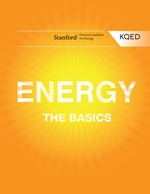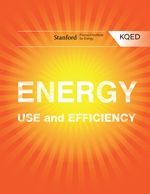When you flick on a light switch or plug in your computer you’re using electricity. But where does it come from and how does it reach your house?
About 40 percent of the energy from all energy resources is used to generate electricity, more than for any other single purpose. Scientific and technical understanding of energy has allowed us to generate, transmit and use electricity to heat homes, charge phones, light streets and so much more. In 2012 the U.S. generated more than four thousand billion kilowatt hours of electricity. That’s enough energy to drive today’s electric cars almost 12 trillion miles, or to the Sun and back nearly 12,000 times.
[edge_animation id="16"]
Click on the numbers above to learn how electricity gets to your home.
As modern society became electrified there developed a network of power plants, transmission lines, substations and other components of an electricity transmission and distribution system. This network is called the “electrical grid,” or simply the grid. In the U.S., the grid is composed of approximately 6,600 power plants, over 300,000 miles of high-voltage transmission lines and tens of millions of final electricity-user destinations.
This interactive explainer is featured in our Energy e-book series. Click on the thumbnails below to download our free e-books or subscribe to our iTunes U course. You can also visit our e-books page to view our other offerings.

